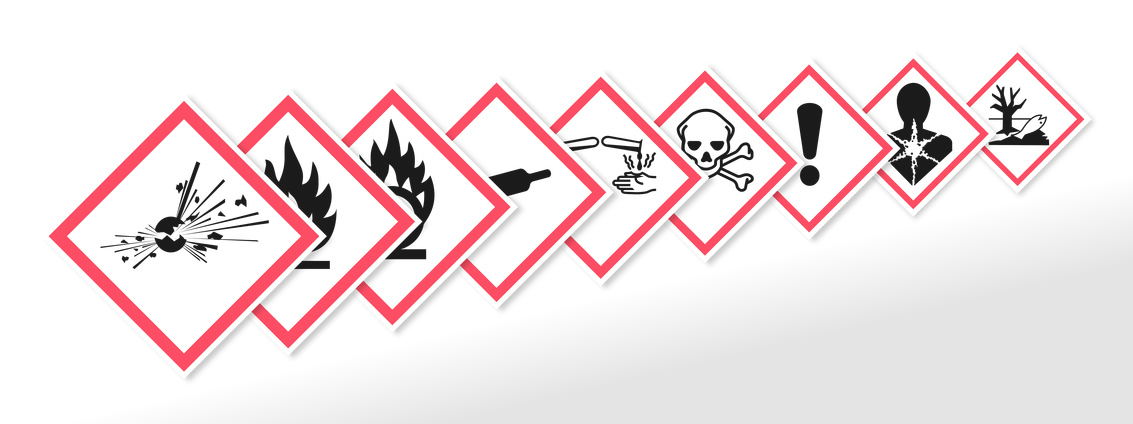
Australias Jan. 1 deadline to comply with a global system of chemical labeling requirements has some of the market’s lube traders scrambling to prepare.
The United Nations Globally Harmonized System of Classification and Labeling of Chemicals is scheduled to take effect in most Australian states on the first day of next year. Europe, New Zealand and the United States are further advanced in introducing the system designed to make international trade in chemicals easier. Some countries are behind, including key Australian trading partners – namely China and India.
The plan has local and international lubricant and grease suppliers scrambling to get their paperwork, labels and safety data sheets in order by the Australian deadline.
Everyone has to reassess everything, said Greig Herden, technical manager at Sydney, NSW-state-based blender Hi-Tec. Its a more complex way, of labeling and preparing safety data sheets to attach to shipments of lubricants and greases. Its more scary.
In Australia, companies are moving to GHS from the system dubbed NOSHC (after a certain standard of the National Occupational and Health Safety Commission). The GHS has a lower tolerance for chemicals deemed hazardous or dangerous. For example, the majority of light paraffin oils have ended up being classified as skin irritants or environmentally hazardous under the new system. Light paraffin oils are used to lower the viscosity of some lubricants.
Materials that were once classed as non-hazardous are now classified as hazardous, said David Gee, national sales manager for Lupin Systems, a supplier of health and safety management software for businesses in Australia and the United Kingdom.
Greg Dietch, owner and director of Lupin Systems, set out the steps earlier this year in a presentation to the Royal Australian Chemical Institute, explaining steps that Australian chemical handlers, including lubricant and grease blenders, importers and exporters, need to take to comply with GHS: create new safety data sheets; reconfigure labels to meet GHS standards; recall old stock; remove old stock from ordering systems; change safety signs and placards to new GHS standards.
For most businesses, this is an enormous task, said Dietch. Affected businesses were particularly up in arms about the requirement to recall old stock and relabel it.
Thankfully, protests by those affected brought about a reprieve. On Nov. 25, Safe Work Australia members agreed that chemicals manufactured or imported before Jan 1, 2017 may continue to be supplied without meeting the new labeling requirements.
That caused a sigh of relief: You can just imagine, said Dietch, whose company looks after big oil companies like Caltex Australia and Valvoline, as well as a plethora of smaller businesses. He said evaluation of the original Safe Work position to recall product packaged before Janurary meant it would have been more economical for lube and grease producers to ditch product rather than relabel it.
The UN published the GHS plan as far back as 2003, and an Australian council of federal and state ministers agreed in 2012 to adopt the system. Dietch reckons about 80 percent of Australian businesses affected by the new GHS plan are ready for it.
Caltex has been transitioning to the GHS classification and labelling of chemicals over the last five years, said a spokesman from Caltex Australia. As a result, all of Caltexs product SDS and product labels will be GHS compliant when the GHS becomes mandatory.
A. S. Harrison & Co., a Sydney-based importer of chemicals and additives for the lubricants and petrochemical industries, is among those prepared. Its not so much about a product being compliant; its about the information about that product being compliant, and so thats what weve been doing for the last couple of years – making sure we have got all that information well ahead of deadline, said Matt Arkell, quality and compliance manager at A. S. Harrison, which imports from about 20 countries.
While there are costs associated with it, as an importer its going to streamline a lot of potential issues for us in the longer term. Australia doesnt have an enormous primary chemical industry, and so a lot of stuff is coming from overseas, said Arkell, adding that under GHS, We can be more confident in labels on products coming from overseas; that theyve been through the same process.
To be sure, Dietch said, companies caught out by the new regulations are probably those that havent been complying with labeling regulations anyway. Theyve been flying under the radar, he said. They are now thinking about having their products labeled correctly. Thats one of the most interesting things Ive found. It shocked a lot of people that they need to meet all these regulations and different requirements. Labeling for chemicals has become extremely heavily regulated under the GHS.
Image: Fotolia / Scriblr
